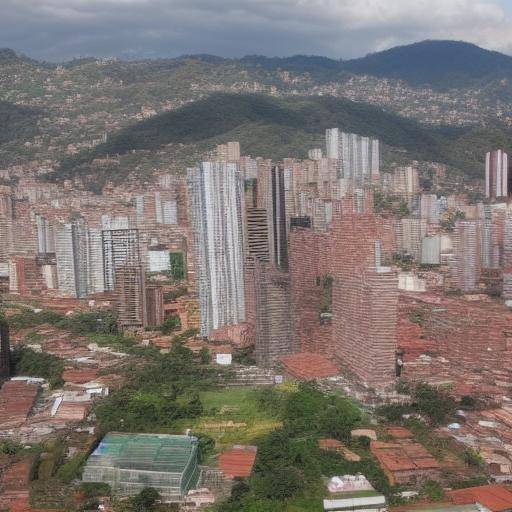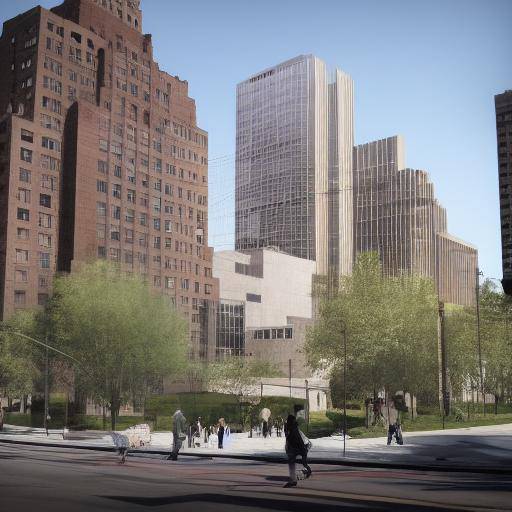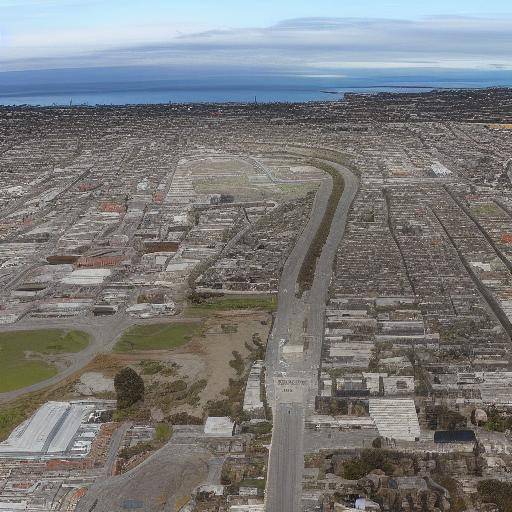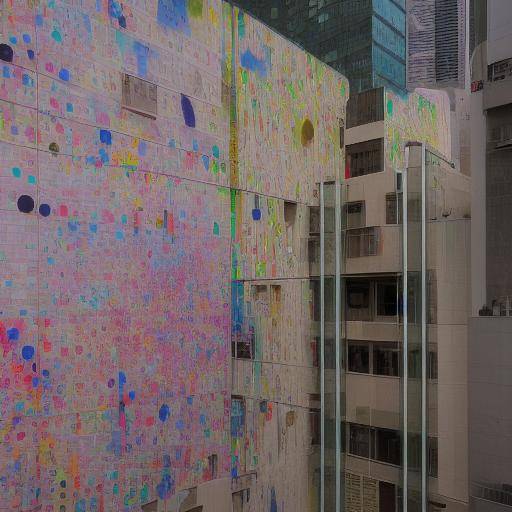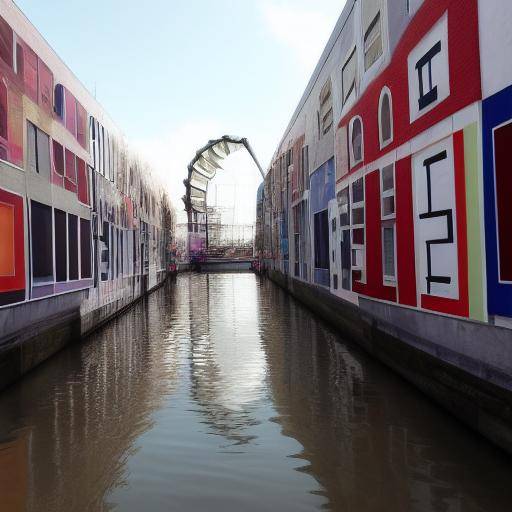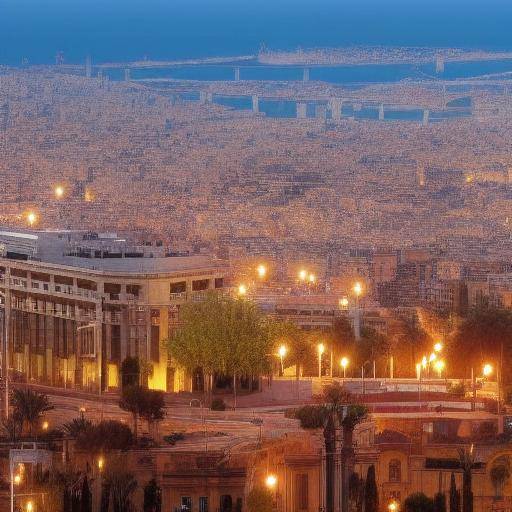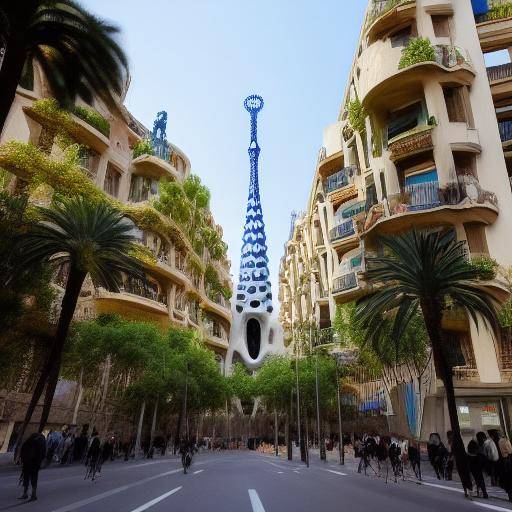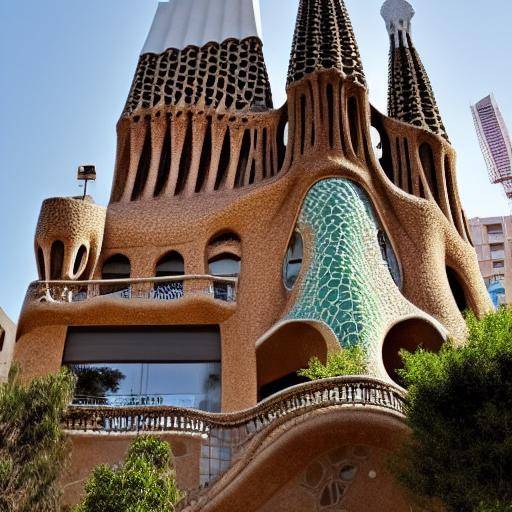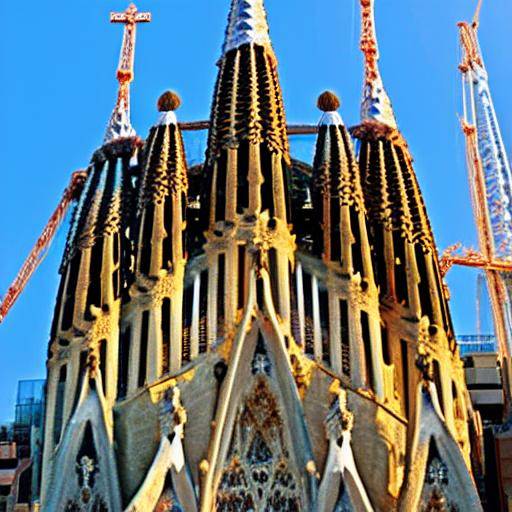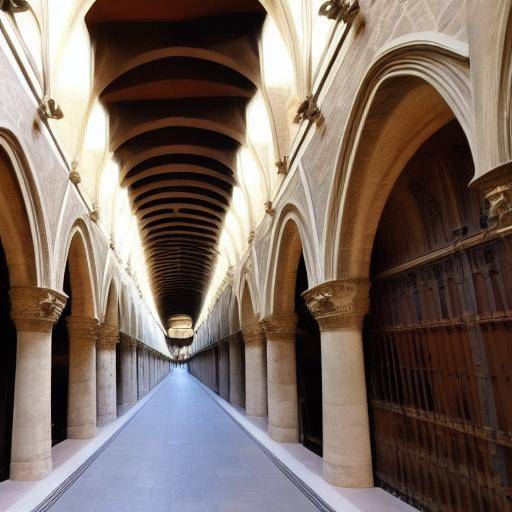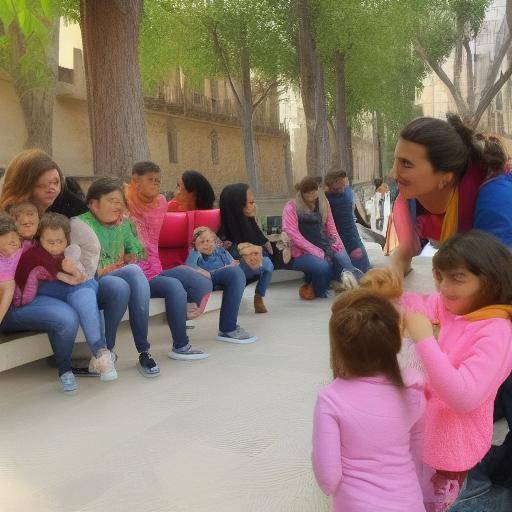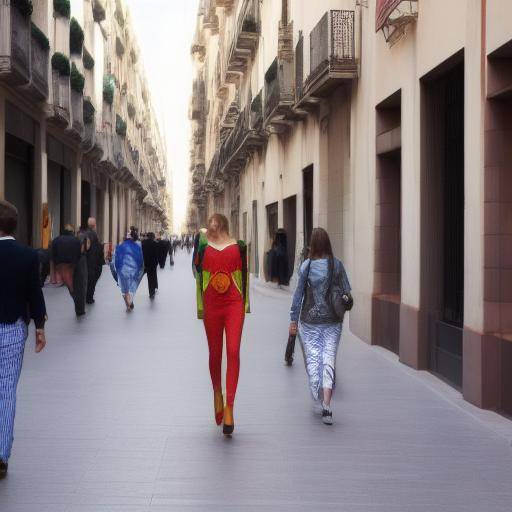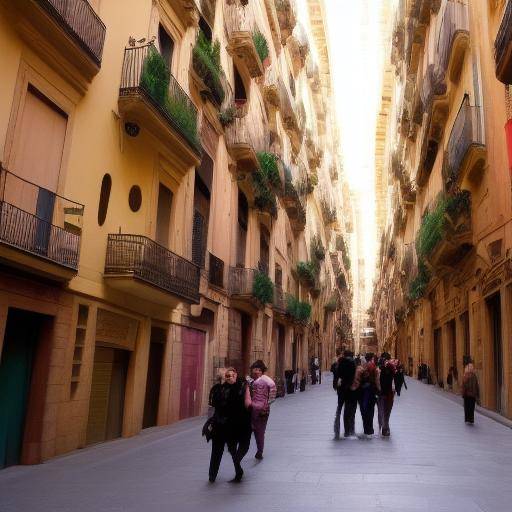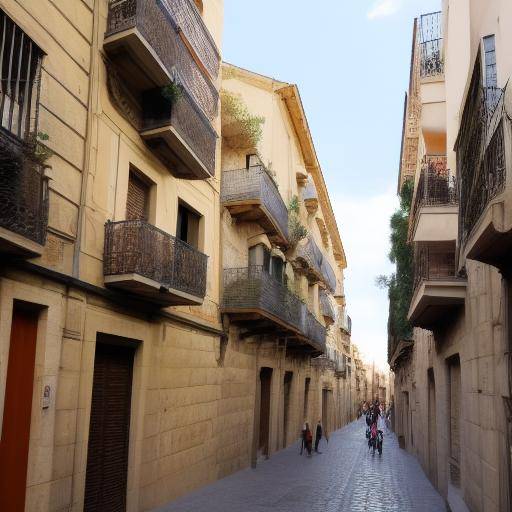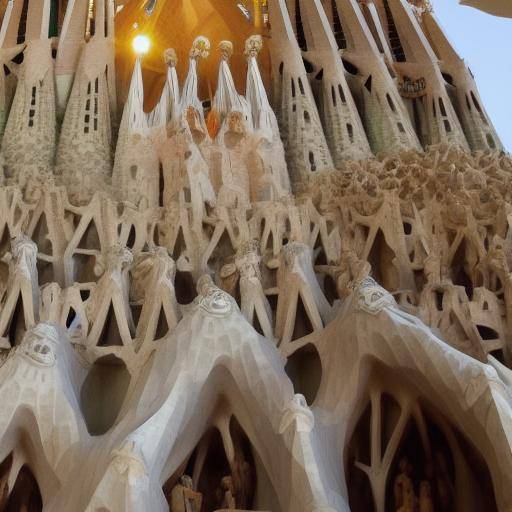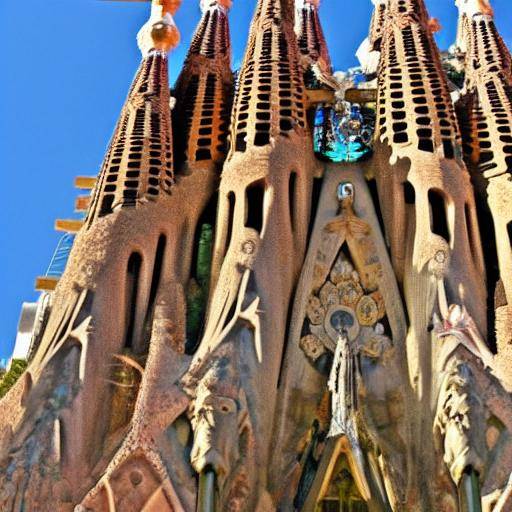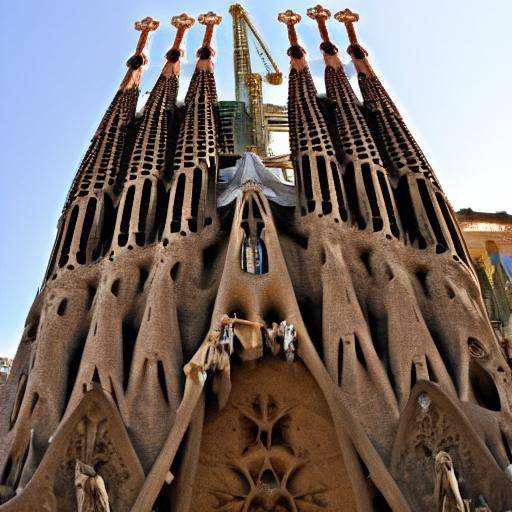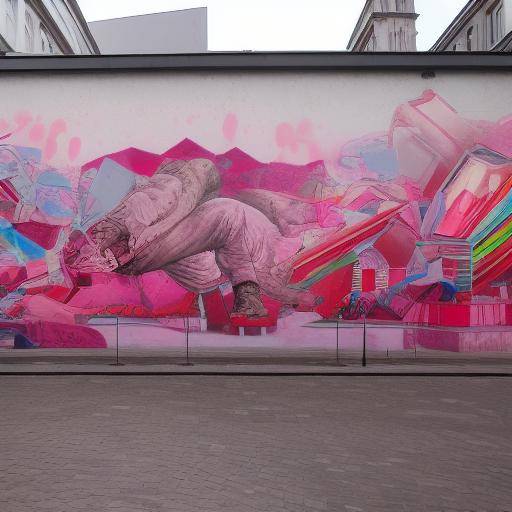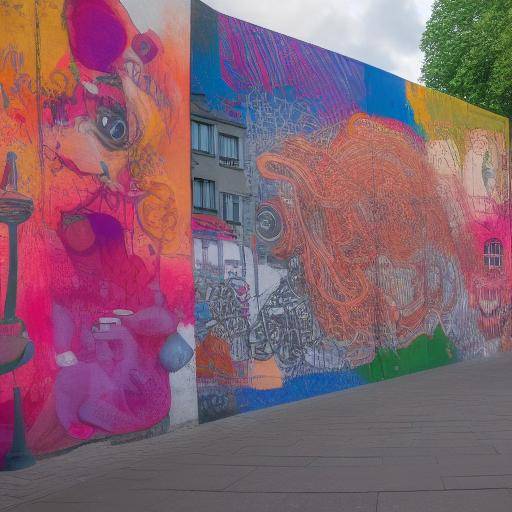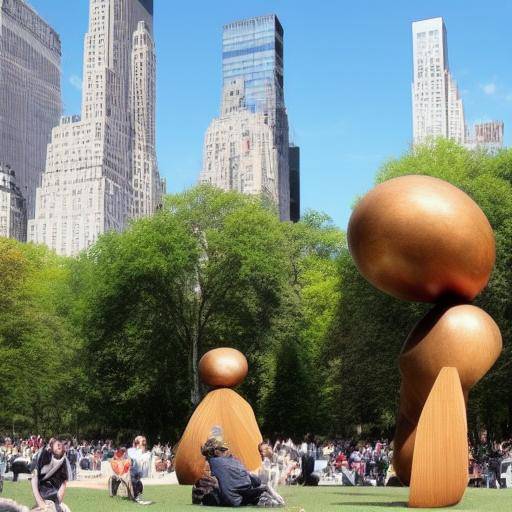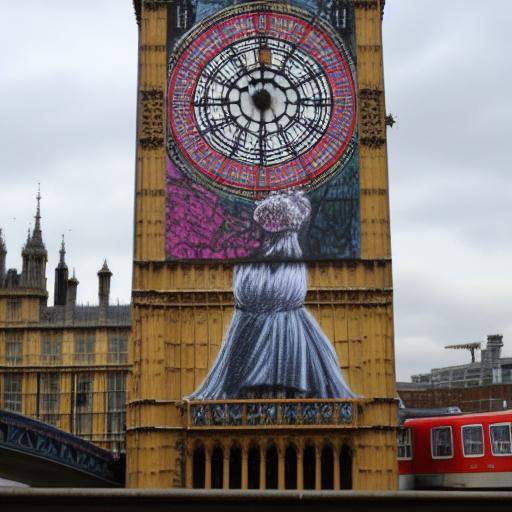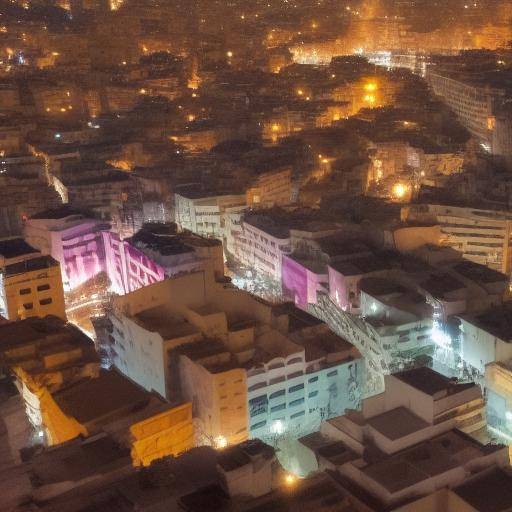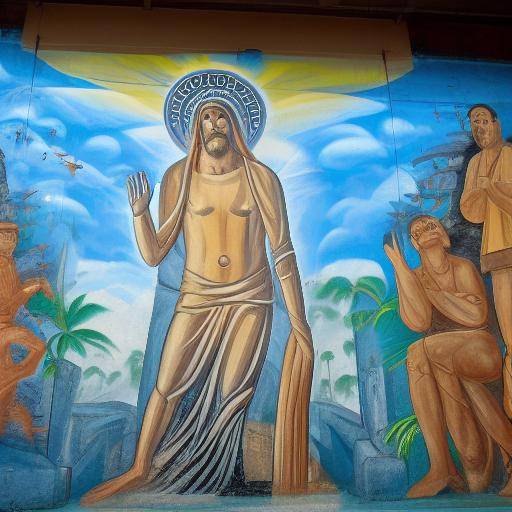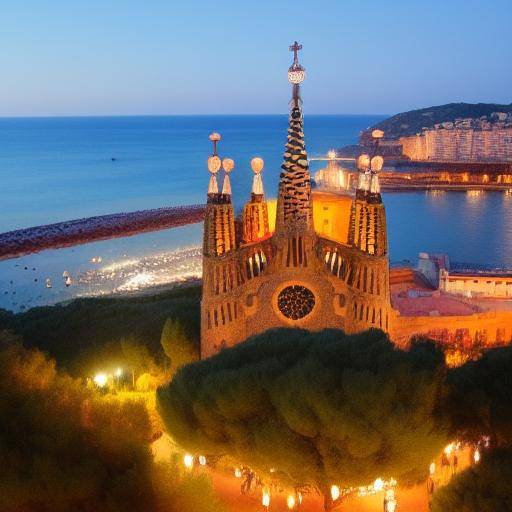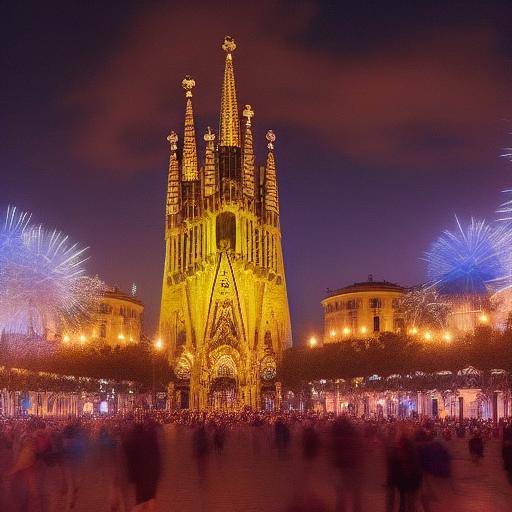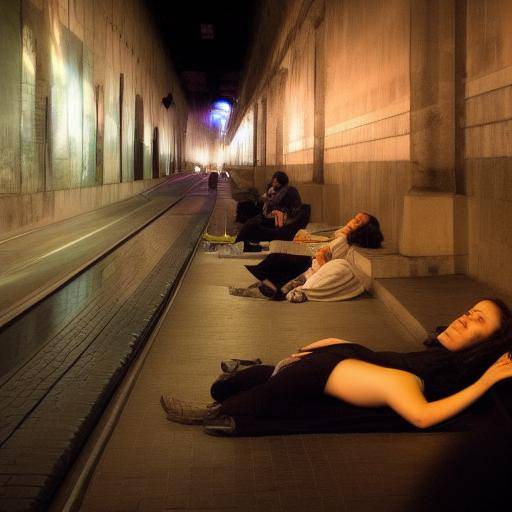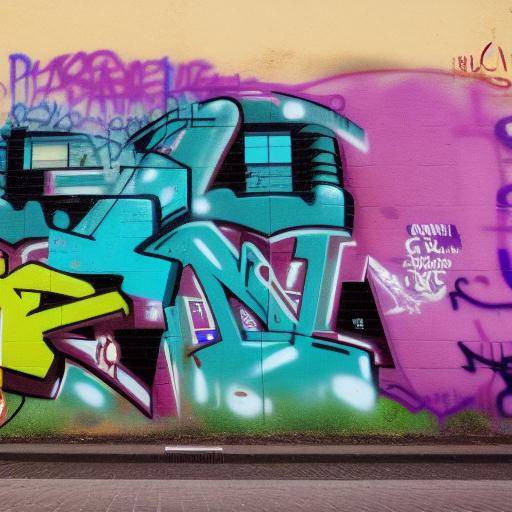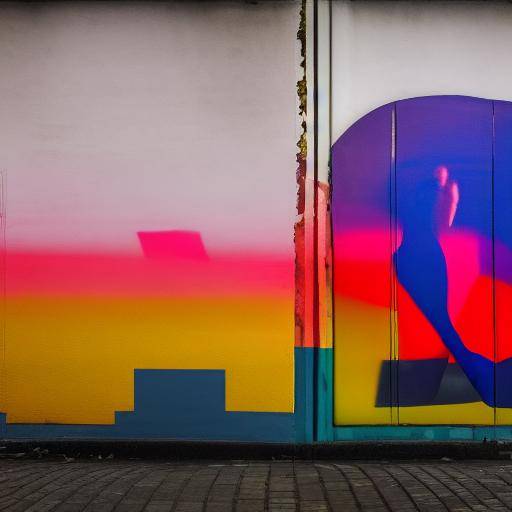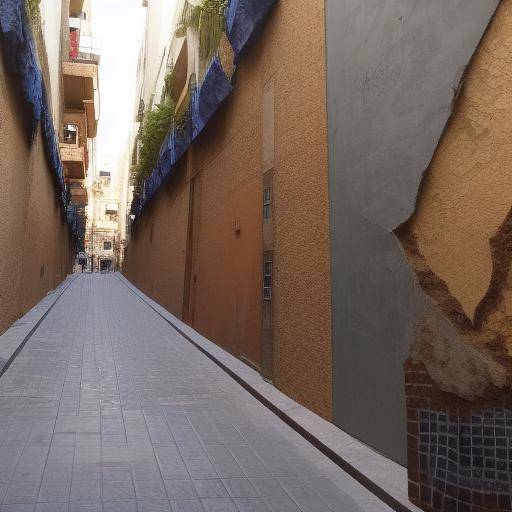
Urban art is a unique expression that adorns the streets of cities around the world, and Barcelona is no exception. In the heart of the city, the Gothic quarter houses a lot of street art that attracts locals and tourists alike. In this article, we will explore the cultural wealth of the Gothic neighborhood and the vibrant urban art scene in Barcelona. From its history to the current trends and future projections, discover the beauty and creativity that are displayed on the streets of this iconic city.
Introduction
Urban art, also known as graffiti or street art, has evolved from being considered a form of vandalism to be appreciated as a contemporary artistic expression. In the context of the Gothic quarter of Barcelona, urban art intertwines with the rich history and medieval atmosphere of the area, creating a unique fusion that attracts art lovers from around the world.
In this article, you will immerse yourself in the history and background of urban art in the Gothic Quarter and Barcelona, explore in depth the current scene of street art, learn about best practices and get insights from experts. In addition, you will know practical advice and future predictions about this constantly evolving form of art.
History and Background
The Gothic neighborhood, also known as the Barri Gòtic in Catalan, is the historic centre of Barcelona and one of the oldest and most fascinating districts in the city. Its cobbled streets, medieval architecture and rich history provide an impressive backdrop for artistic expression.
Urban art in the Gothic quarter has its roots in the underground culture of the 1960s and 1970s, when young people began to leave their mark on the walls of the city. Since then, street art has evolved and has branched into various forms and styles, becoming an integral part of the urban landscape of Barcelona.
Evolution of Urban Art
Urban art in the Gothic quarter has not only been a form of creative expression, but also a means of addressing social, political and cultural issues. From the art that celebrates the Catalan identity to pieces that defy the established norms, the multifaceted atmosphere of the Gothic Quarter has fueled the diversity and innovation of street art.
The graffiti, murals, stencil art and other forms of artistic expression have found their place in the narrow streets and squares of the Gothic quarter, attracting attention and appreciation of residents and visitors alike. Urban art has become an inseparable part of the identity of the neighborhood, adding layers of meaning and aesthetics to the experience of exploring its cobbled streets and historic buildings.
Significant developments
Over the years, urban art in the Gothic quarter has experienced an increase in social acceptance and institutional recognition. What was once regarded as an act of vandalism, is now appreciated as a legitimate form of artistic expression. The efforts of local artists and cultural organizations have contributed to the creation of legal and collaborative spaces for urban art, promoting the growth and professionalization of this form of art.
The global recognition of Barcelona’s urban art has been reflected in the attraction of international artists, street art events and the presence of specialized tours that highlight the most outstanding works in the Gothic Quarter. The initiatives of urban revitalization and the promotion of sustainable tourism have also influenced the preservation and promotion of street art in the Gothic quarter, establishing it as a distinctive cultural attraction in Barcelona.
Analysis in Deep
Urban art in the Gothic quarter of Barcelona is not only a way to embellish the urban environment, but also plays a significant role in the dynamization of the cultural scene and in the promotion of social dialogue. Through street art, issues ranging from equality and diversity to the protection of historical heritage and environmental awareness are addressed.
Social and Cultural Impact
Urban art in the Gothic quarter has served as a means of giving voice to local communities and highlighting the rich diversity of perspectives that coexist in the city. The works of street art not only add color and vitality to the urban landscape, but also trigger conversations, reflections and sometimes controversies. From the defense of social causes to the celebration of cultural heritage, urban art in the Gothic quarter acts as a catalyst for civic engagement and creative expression.
Current Outlook and Trends
The urban art scene in the Gothic quarter continues to evolve, incorporating new techniques, styles and creative approaches. Local and international artists, with their diversity of influences and experiences, enrich the artistic palette of the Gothic Quarter, keeping alive the tradition of street art and opening up new possibilities of expression. In addition, the growing role of technology and social networks has increased the diffusion and impact of urban art, connecting artists and enthusiasts around the world.
Environmental and Economic Considerations
Urban art in the Gothic quarter not only aesthetically transforms urban spaces, but can also have a positive impact on the local economy and on the perception of the safety and cleanliness of the streets. Through collaborations between artists, institutions and companies, urban beautification projects have been developed that stimulate neighborhoods, attract visitors and encourage the revitalization of urban areas. In addition, attention has been paid to the sustainability and accessibility of urban art, promoting practices that respect the environment and involve the community in its design and development.
Comprehensive review
Urban art in the Gothic quarter is not only an artistic expression, but also a tool for social transformation and the strengthening of collective identity. Addressing contemporary challenges and celebrating cultural diversity, street art is positioned as a vehicle for the inclusion and empowerment of communities.
Applications and Best Practices
The applications of urban art go beyond the aesthetic sphere, spreading to the awareness of key issues, the animation of public spaces and the generation of opportunities for cultural collaboration. Best practices in integrating urban art into urban environments include active participation of local residents, selection of relevant issues for the community and cooperation with local authorities and entities to ensure sustainable development of urban art.
Future Projections and Challenges
The future of urban art in the Gothic quarter is promising, but it also poses challenges in terms of management, conservation and legitimation. The balance between spontaneity and regulation, the preservation of architectural heritage and the promotion of artistic innovation are key aspects that will require careful management and a long-term vision. In addition, integrating urban art into inclusive tourism strategies and sustainable urban development will require a holistic approach that values creativity, authenticity and civic engagement.
Comparative analysis
Urban art in the Gothic quarter of Barcelona presents similarities and differences with other artistic manifestations in the city and in global urban contexts. Understanding these comparative dynamics enriches our appreciation of urban art and its role in the configuration of cultural and urban identities.
Differences and similarities with other artistic manifestations in Barcelona
Despite the diversity of artistic manifestations in Barcelona, urban art in the Gothic quarter stands out for its rooting in the history of the place and its integration into the social and cultural fabric of the city. While other artistic movements can have a more institutionalized presence, urban art stands out for its accessibility and its ability to reach diverse audiences, enriching the experience of those who explore the Gothic Quarter.
Synergies and Collaborations
The synergies between urban art in the Gothic quarter and other artistic expressions in Barcelona can lead to innovative collaborations and interdisciplinary events that enrich the cultural landscape of the city. The fusion of urban art with manifestations such as contemporary architecture, urban design and artistic performance can generate creative dialogues that transcend the borders of conventional exhibition spaces and celebrate the interconnection of forms of artistic expression.
Practical Tips and Accessible Recommendations
If you are inspired by the urban art of the Gothic Quarter and Barcelona, here we offer you some practical advice to make the most of your experience and to participate meaningfully in this form of art and cultural expression.
Conscious exploration
When you explore urban art in the Gothic Quarter, take the time to appreciate every work consciously. Look at the details, reflect on the messages and emotions that each piece conveys to you, and be respectful of the environment and local residents. Urban art is a form of dialogue between the artist, the spectator and the environment, and your affectionate participation in this dialogue helps to enrich its meaning.
Support for Local Artists
If you are captured by a particular work, consider investigating the artist who created it and exploring other works of his. Supporting local artists by buying their art or disseminating their works on social networks is a practical way to contribute to the development and dissemination of urban art in the Gothic quarter and beyond.
Responsible participation
If you are interested in creating urban art, remember that respect for the environment, local regulations and dialogue with the community are fundamental. Make sure you know about the regulations and spaces that are enabled for urban art, and consider involving the community in your creative process to ensure a positive contribution to the vibrant street art scene in the Gothic Quarter.
Industry Perspectives and Expert Reviews
The perspectives of experts and opinion leaders in the field of urban art in the Gothic quarter offer a privileged view of the challenges, opportunities and projections for this form of artistic expression.
Exclusive interviews
We have talked with renowned artists, cultural managers and local authorities to gather their views on the role of urban art in the Gothic Quarter and its potential for cultural and urban development in Barcelona. Then we share outstanding extracts from these conversations, which provide an enriching vision of urban art from different perspectives.
Reflections on the Future
The experts in urban art agree that the Gothic quarter remains a privileged space for the creation and appreciation of street art, and that its conservation and promotion require a balanced approach that values both cultural tradition and artistic innovation. The connection between urban art, local identity and sustainable development is a recurring theme in the reflections of experts, who see in street art a tool to empower communities and enrich urban life.
Case studies and practical applications
Cases of study and examples of practical applications of urban art in the Gothic Quarter offer a detailed view of how this form of artistic expression has impacted various aspects of urban life and has provided inspiration and reflection to people from different fields.
Urban Embellishment Projects
The transformation of urban spaces through urban art has been evident in projects of urban beautification that have revitalized degraded areas, embellished facades of buildings and generated positive impact on the perception of the environment. The mural project in the Gothic Quarter Square is an outstanding example of how urban art can become a transformative agent, attracting residents and visitors to discover the creativity embodied in the city walls.
Urban Art and Community Culture
Urban art not only adorns the streets of the Gothic quarter, but is also a means of promoting community cohesion, promoting intercultural inclusion and understanding, and fostering citizen participation. Through collaborative projects involving different sectors of the community, street art becomes a vehicle to strengthen the social fabric and give voice to the values and concerns of the community.
Impact on Cultural Tourism
Urban art in the Gothic Quarter has been a magnet for visitors looking to explore the city from a unique and authentic perspective. Tourist tours focused on street art offer travelers the opportunity to discover the stories behind the works, explore the connections between urban art, local history and contemporary culture, and participate in experiences that enrich their visit to Barcelona.
Future Trends and Predictions
The field of urban art is dynamic and is constantly evolving, and future trends and projections offer an intriguing view on the path that urban art in the Gothic quarter and Barcelona could follow in the coming years.
Digital Convergence and Urban Art
The impact of technology and social networks on the diffusion and consumption of urban art is a fundamental trend that will continue to shape the street art scene in the Gothic Quarter. Digital convergence and urban art are intertwined on platforms that amplify the visibility of artists, allow global interaction with the public and enrich the experience of urban art through increased reality and digital narrative.
Sustainability and Social Responsibility
Environmental sustainability and social responsibility are becoming increasingly relevant in the development of urban art in the Gothic quarter. The adoption of environmentally friendly practices, the involvement of the community in the planning and implementation of urban art projects, and the promotion of inclusive and equitable values are anchored as a guide to the future development of urban art in the Gothic quarter.
Conclusion
Urban art in the Gothic quarter of Barcelona is a vibrant testament to human creativity, cultural diversity and the transformative capacity of art. Through its historical evolution, its current impacts and its future projections, street art in the Gothic quarter continues to captivate those who explore it and challenge conventional perceptions of art and urban space.
Whether you immerse yourself in the streets of the Gothic Quarter in search of these artistic manifestations or that you are attracted by contemplation and analysis of its meaning, urban art in the Gothic Quarter offers an enriching experience that invites reflection, admiration and action.
Frequently asked questions
What is the best way to explore urban art in the Gothic Quarter?
The best way to explore urban art in the Gothic quarter is to walk through its streets and squares, paying attention to the details and observing the various artistic manifestations that adorn the facades and walls. In addition, you can participate in specialized tours that will provide detailed information about the works and their contexts.
What is the relationship between urban art in the Gothic Quarter and the history of Barcelona?
Urban art in the Gothic Quarter is intertwined with the history of Barcelona by reflecting the various influences and themes that have shaped the identity of the city over the centuries. From expressions that dialogue with the medieval history of the neighborhood to works that address contemporary issues, street art in the Gothic Quarter offers a unique perspective on the evolution of Barcelona as a cultural and urban center.
How can I contribute to the support of urban art in the Gothic Quarter?
You can contribute to the support of urban art in the Gothic quarter by supporting local artists, participating in community urban art projects, disseminating works that inspire you on social networks and fostering a respectful appreciation of street art among people visiting the Gothic Quarter.
What measures are being taken to preserve and promote urban art in the Gothic Quarter?
Various collaborative initiatives between artists, cultural institutions and local authorities focus on preserving and promoting urban art in the Gothic Quarter. These measures include the creation of spaces for street art, the organization of events that celebrate urban art and the development of urban beautification projects that integrate street art as a dynamic element of urban life.
With this, we conclude our exploration of urban art in the Gothic quarter of Barcelona, an artistic expression that not only adorns the streets, but also invites us to reflect, inspire and connect with the cultural diversity and vibrant creativity that characterize this captivating city.

